FAST FACTS
OFFICIAL NAME: Jamaica
FORM OF GOVERNMENT: Parliamentary democracy
CAPITAL: Kingston
POPULATION: app. 2,930,050 people
OFFICIAL LANGUAGE: English
MONEY: Jamaican dollar
AREA: 4,411 square miles (10,992 square kilometers)
GEOGRAPHY
– Jamaica is a mountainous island in the Caribbean Sea formed when the North American and
Caribbean tectonic plates collided about 25 million years ago.
-It is about 600 miles (965 kilometers) south of Miami, Florida and part of the chain of
Caribbean islands called the Greater Antilles, along with Cuba, Hispaniola, and Puerto Rico.
– Jamaica is the tip of a mountain rising from the sea floor. Nearly half of the island is more
than 1,000 feet (330 meters) above sea level. There are lush rolling hills that are ideal for
agriculture and coastal beach regions that are popular with tourists.
– MAJOR MOUNTAIN RANGES: Blue Mountains, John Crow Mountains, Don Figuero
Mountains, Cockpit Country
– MAJOR RIVERS: Black River, Rio Cobre, Rio Grande
PEOPLE & CULTURE
– Most of the population lives in the city and one third of all Jamaicans live in the capital of
Kingston.
– More than 90 percent of the population is of African descent, but many other people have
come from China, India, Germany, and Syria to find work on the island. Jamaica’s motto is
“Out of Many, One People.”
– Mostly, when people think of Jamaica they think of Reggae, or “Ragged Music.” The music
was born in the 1950s and ’60s from the musical styles of mento, ska, and rocksteady. The
most famous reggae star was Bob Marley, who was backed by his group the Wailers. Other
famous reggae stars include Desmond Dekkar, Jimmy Cliff, Peter Tosh, and Burning Spear.
– Jamaicans are spiritual people and follow many religions, including Christianity, Hinduism,
Judaism, and Islam. Many are Rastafarians, followers of a Christian-based faith, which grew
out of a civil rights movement in the 1930s.
– Rastafarians believe that Haile Selassie, Emperor of Ethiopia from 1916 to 1974, was their
saviour. Rasta men wear their hair in dreadlocks, believing that hair should not be cut, and
wear clothing in red, gold, and green—the colours of the Ethiopian flag.
NATURE
– Jamaica is home to the endangered Homerus swallowtail, the largest butterfly in the
Western Hemisphere. Its wingspan is 6 inches (25 cm), which makes this insect larger than
many of the island’s birds.
– Bird watchers enjoy the 250 bird species that can be seen on the island, including 26 birds
that are found nowhere else. The vervain, the world’s second smallest bird is found here.
This tiny hummingbird is only 2.5 inches (8 cm) long. Jamaica’s national bird is the
streamertail hummingbird, or “doctor bird.” It has long tail feathers and a scarlet bill.
Jamaica boasts more than 200 orchids and 550 different ferns. One quarter of the 3,000
plant species are endemic, or native species. Years of development have decreased the
habitats for wildlife on the island. The American crocodile, manatee, and iguana are rare
now because they were hunted for meat and hides.
GOVERNMENT & ECONOMY
– Tourism, farming, and mining are the most important industries in Jamaica.
– The staple crop is sugarcane. However, bananas, coffee, pimento, and yams are key
agricultural products.
– Bauxite, used to make aluminium, is a valuable mineral and provides half of all Jamaica’s
export earnings.
HISTORY
– The Taino people arrived from South America in the seventh century and called the island
Xaymaca, “land of wood and water,” because of the green dense forest and the hundreds of
fast-flowing streams that once covered the landscape.
– Christopher Columbus was the first European to visit Jamaica in 1494 and called it “the
fairest island that eyes have beheld.” The Taino people were enslaved and by 1600 were
wiped out by disease or harsh treatment. The Spanish brought in slaves from Africa and
ruled the island until 1655 when the British seized it.
– African slaves worked on the sugar plantations and were treated very cruelly by the owners.
By the late 1700s, Jamaica became one of the largest slave markets for the Western
Hemisphere. There were many slave uprisings and slavery was finally abolished in Jamaica in 1838. The island became independent in 1962
Reference
https://kids.nationalgeographic.com/explore/countries/jamaica/#jamaica-beach.jpg
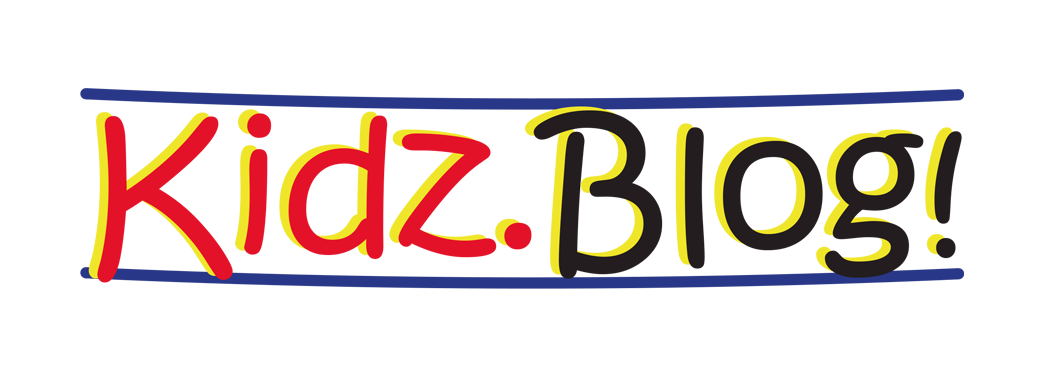
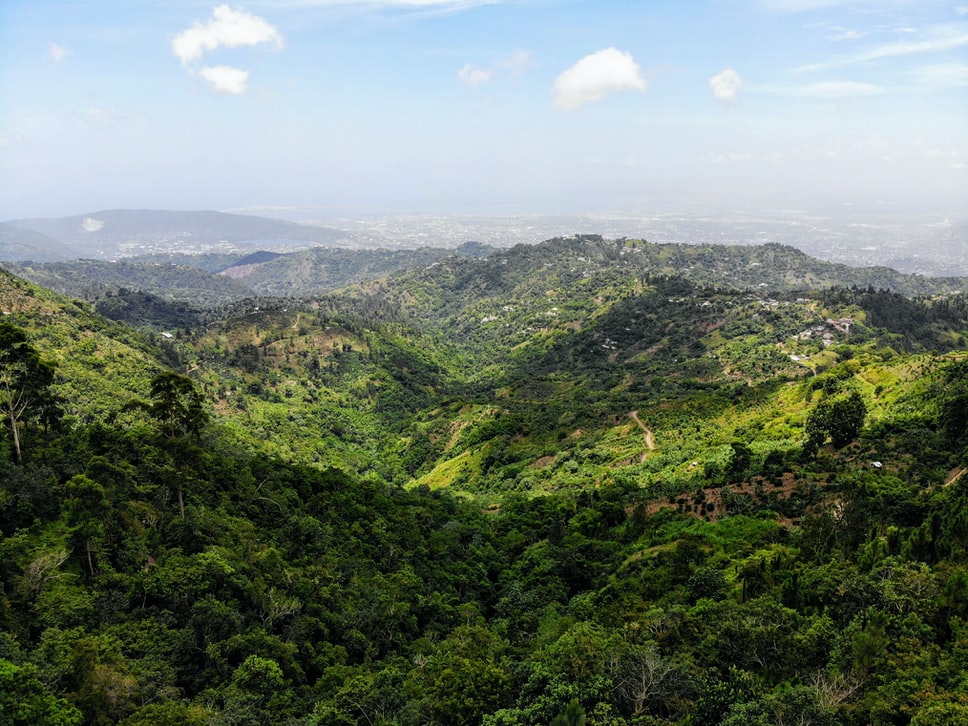
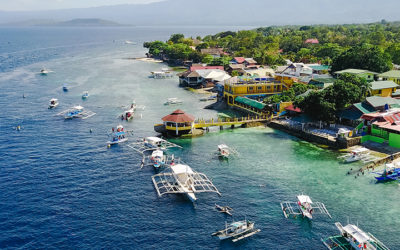
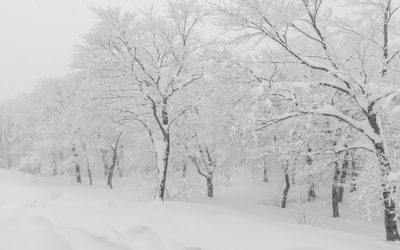
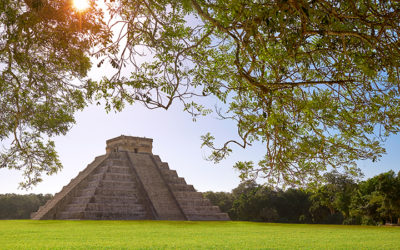

0 Comments